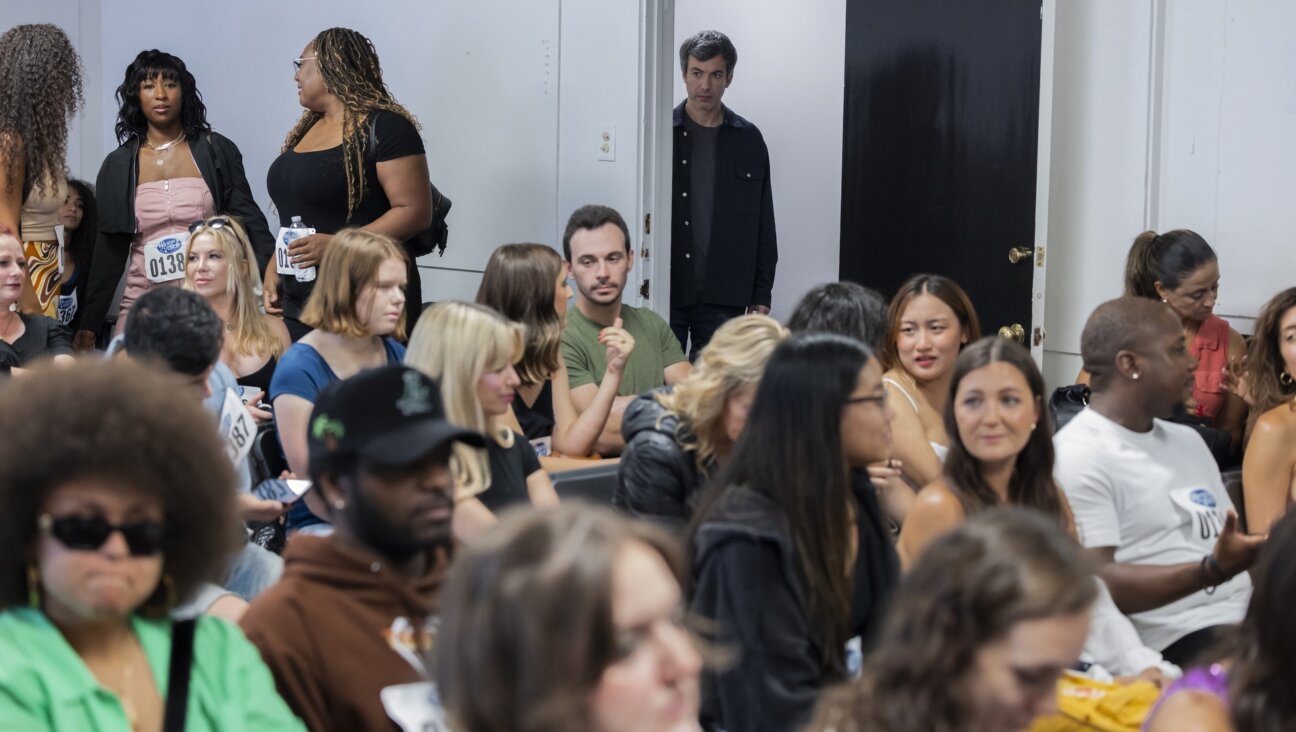When Rites Go Wrong
Contested Rituals: Circumcision, Kosher Butchering and Jewish Political Life
in Germany, 1843-1933
By Robin Judd
One of the historian’s most important tasks is to teach us things we do not know. One significant form this can take is to complicate our understanding of the past by helping us re-imagine how events unfolded. It is too easy to assume, for example, that events move in a straight line from point “a” to point “b” without divagations or byways, without other possibilities or options. We are all susceptible to the alluring simplicity of history being a foreordained linear process.
This is especially so when some major event awaits us at point “b.” Could there, in fact, be a more powerful point “b” than the Holocaust? For this reason European Jewish history in general, and German Jewish history in particular, is often interpreted as leading inexorably to the Final Solution. All roads lead to Auschwitz.
Offering an alternative interpretation of German Jewish history is a formidable challenge. The conventional narrative — which posits that Haskalah and emancipation led to assimilation, and assimilation in turn begot antisemitism, and antisemitism ended in the Nazi final solution — is difficult to replace because, on the surface, it seems to explain the major developments in chronological and thus also causal sequence. Yet once we enter the archives and start seriously researching the history of German Jewry, it becomes all too clear that its history was a tangled web of contingencies that pointed in various directions at different times.
In her new book, Robin Judd studies the debate over two Jewish rituals, circumcision and kosher slaughtering, as a provocative means to “complicate and de-exceptionalize the Jewish experience in Germany.” Studying religious ritual and its consequences is a new, fruitful strategy among Jewish historians: By breaking with previous emphases on high intellectual and denominational history, it raises an entirely new set of issues. Judd, an associate professor in the history department at The Ohio State University, re-discovers both the ambiguities of the Jews’ place in German society and the intricacies of Jewish self-understanding and behavior.
Judd first studies circumcision from the 1840s to the 1870s. In the 1840s, some Jewish parents began to question the need for circumcision, especially given the health risks, yet at the same time insisted that children be registered by the local Jewish community. The situation sparked a major debate among rabbis, journalists, communal leaders and laymen about the meaning of Jewish community membership: Could the community make circumcision a prerequisite for registration, just as Christians required baptism, or was the mother’s Jewishness sufficient? Should Jews struggling to gain equal rights — German Jews did not gain full rights until 1871 — continue to mark their distinctiveness indelibly?
At the same time, the issue involved local and state governments: Was it up to the Jewish community to decide on membership, or should government play a role? Circumcision thus entered the emancipation process by raising the question of the Jews’ status as a religious group. Judd highlights the ambiguous answers to these questions. Some states wanted to regulate registration in the Jewish community, refashioning Jewish communities along Protestant lines. Other states wanted to treat Jews as a “publicly tolerated religion” and not interfere. Some states gradually used medical or public health arguments to bring mohelim, or ritual circumcisers, under their authority, requiring certification and outlawing oral suction (metsisah be’peh). The conclusion Judd draws from the debate on circumcision, which occurred in the German states yet nowhere else in Europe, is that — contrary to conventional wisdom — in the age of emancipation, Judaism was not relegated to the private sphere. Instead, circumcision was a public political issue in which Jews actively participated, engaging each other, fellow citizens and various government authorities.
That was even more the case for ritual slaughter. The debate over ritual slaughter stretched from the 1860s until the Nazi seizure of power in 1933. It arose as part of governmental regulation aiming to establish the most sanitary conditions and humane methods in the abattoir. In the 1860s the question was whether prior stunning was required to make slaughtering humane, and thus whether the kosher method — which did not use stunning — was unnecessarily cruel. In the 1870s, with the founding of the new unified German empire and the Jews’ emancipation, the question became constitutional: Whereas Article 12 granted legal equality to all religions, Article 14 privileged Christianity, and individual states had similar laws. Could Jewish practices therefore be exempted from general law? The result was a debate between two discourses: the liberals’ “toleration” discourse that sanctioned Jewish difference as guaranteed by law, versus the “cruelty” discourse emphasizing the inhumanity of kosher slaughter.
The emergence of animal protection groups and organized antisemitism radicalized the issue in the 1880s. These groups, numbering among the multiple “interest” groups that arose at the time, now utilized all the new means of mass politics — mailings, meetings, lobbying, petitions, professional offices and fundraising. The animal protection groups’ one great triumph was the State of Saxony’s 1892 ban on kosher slaughter, though a Saxon government official later repealed it (1910) in the name of religious freedom.
Jews also organized: The issue of kosher slaughter brought them into the political arena, where they created a “dense network” of organizations and activities. In particular, the years 1886 to 1889 were “a watershed in the development of Jewish defense strategies,” according to Judd. Not surprisingly, defending kosher slaughter led to turf battles. Orthodox Jews refused to allow liberal Jews to defend a rite the latter did not practice, while local communities and rabbis wanted to pursue their own local efforts rather than relying on Berlin-based organizations. Most important, Judd convincingly demonstrates that organized Jewish politics began in response to the kosher slaughter question rather than in response to organized antisemitism.
The Weimar Republic (1919-1933) saw no linear development toward the ban that the Nazis imposed in 1933. Animal protectionist groups did press their cause, but without success. Only in 1930, with the Depression and the collapse of Weimar’s political stability, did the Nazis succeed in politicizing the issue and making it a forum for their own political triumph. Between 1930 and 1933, numerous states considered the issue, but only Bavaria passed a ban. As late as the summer of 1932, most states rejected the Nazis’ efforts. By January 1933, however, the tide turned: Six states outlawed the rite, and some 80 municipalities were considering it. Kosher meat was already difficult to procure when the Nazis required stunning of all animals prior to slaughter on April 21, 1933. German Jews utilized old organizations from the Imperial era, and founded new ones, to oppose these measures. Their efforts succeeded so long as the Weimar system remained intact. From 1932 they were as little able to resist the rising attack on kosher slaughter as the Nazis’ rise to power.
By focusing on the rites of circumcision and kosher slaughtering, Judd helps us to rethink the nature of German Jewish history. The Jews’ relationship to German society was complicated and intricate, and certainly not reducible to a simple narrative of assimilation and antisemitism that culminated in mass murder. This is a lesson in modern Jewish history of the utmost significance.
David Sorkin is professor of history and Frances and Laurence Weinstein professor of Jewish studies at the University of Wisconsin-Madison. He is the author of the forthcoming “The Religious Enlightenment: Protestants, Catholics, Jews and Reasonable Belief, London to Vienna” (Princeton University Press).
The Forward is free to read, but it isn’t free to produce

I hope you appreciated this article. Before you go, I’d like to ask you to please support the Forward.
Now more than ever, American Jews need independent news they can trust, with reporting driven by truth, not ideology. We serve you, not any ideological agenda.
At a time when other newsrooms are closing or cutting back, the Forward has removed its paywall and invested additional resources to report on the ground from Israel and around the U.S. on the impact of the war, rising antisemitism and polarized discourse.
This is a great time to support independent Jewish journalism you rely on. Make a Passover gift today!
— Rachel Fishman Feddersen, Publisher and CEO
Most Popular
- 1

News Student protesters being deported are not ‘martyrs and heroes,’ says former antisemitism envoy
- 2
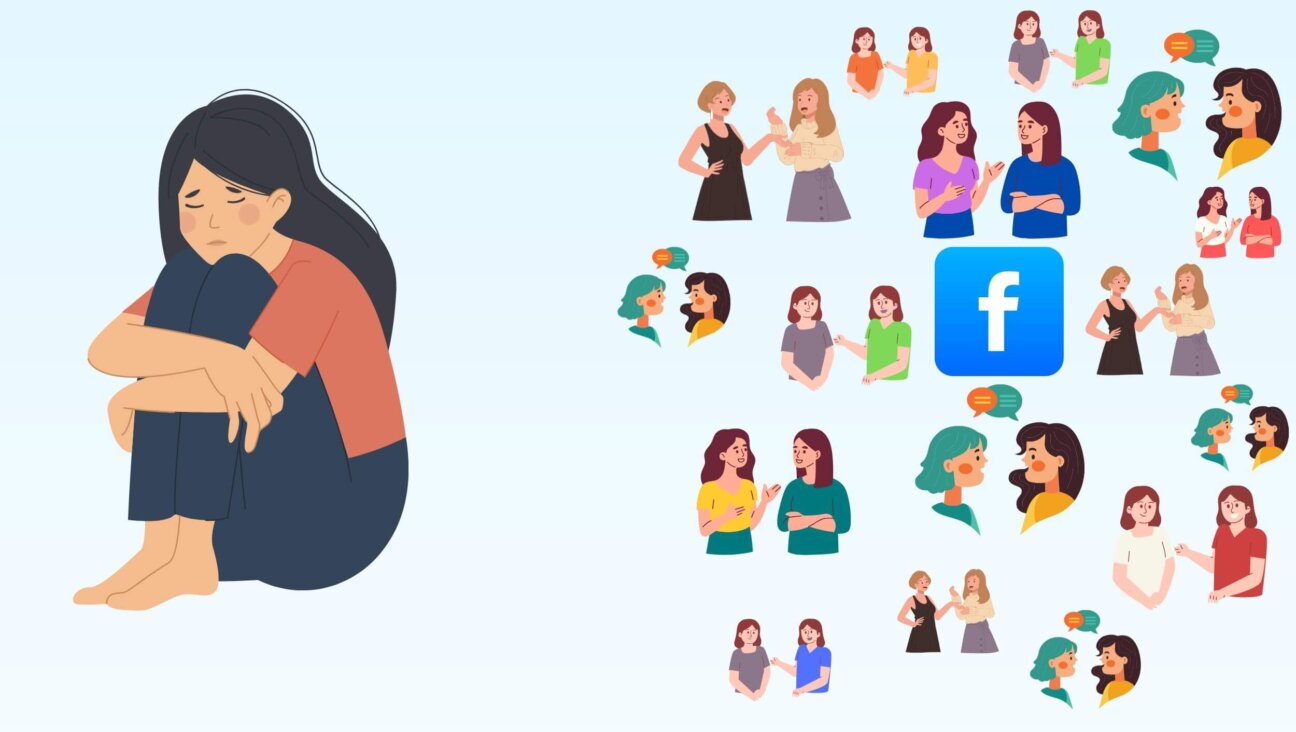
Opinion My Jewish moms group ousted me because I work for J Street. Is this what communal life has come to?
- 3

News Who is Alan Garber, the Jewish Harvard president who stood up to Trump over antisemitism?
- 4

Fast Forward Suspected arsonist intended to beat Gov. Josh Shapiro with a sledgehammer, investigators say
In Case You Missed It
-
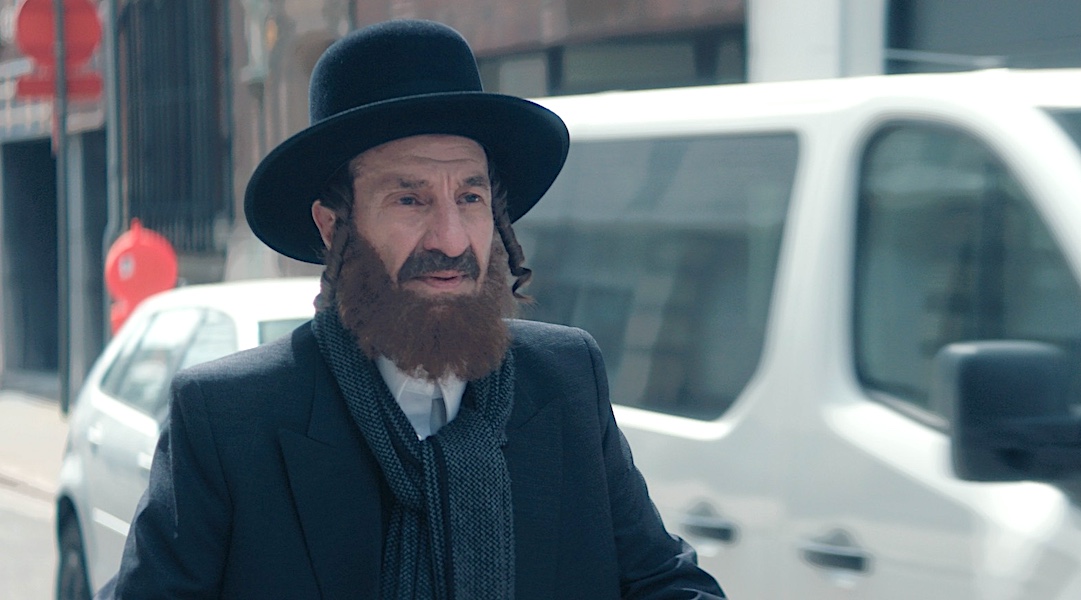
Culture ‘Shtisel’ star Sasson Gabay is happy to be back playing a complex haredi Orthodox Jew in ‘Kugel’
-
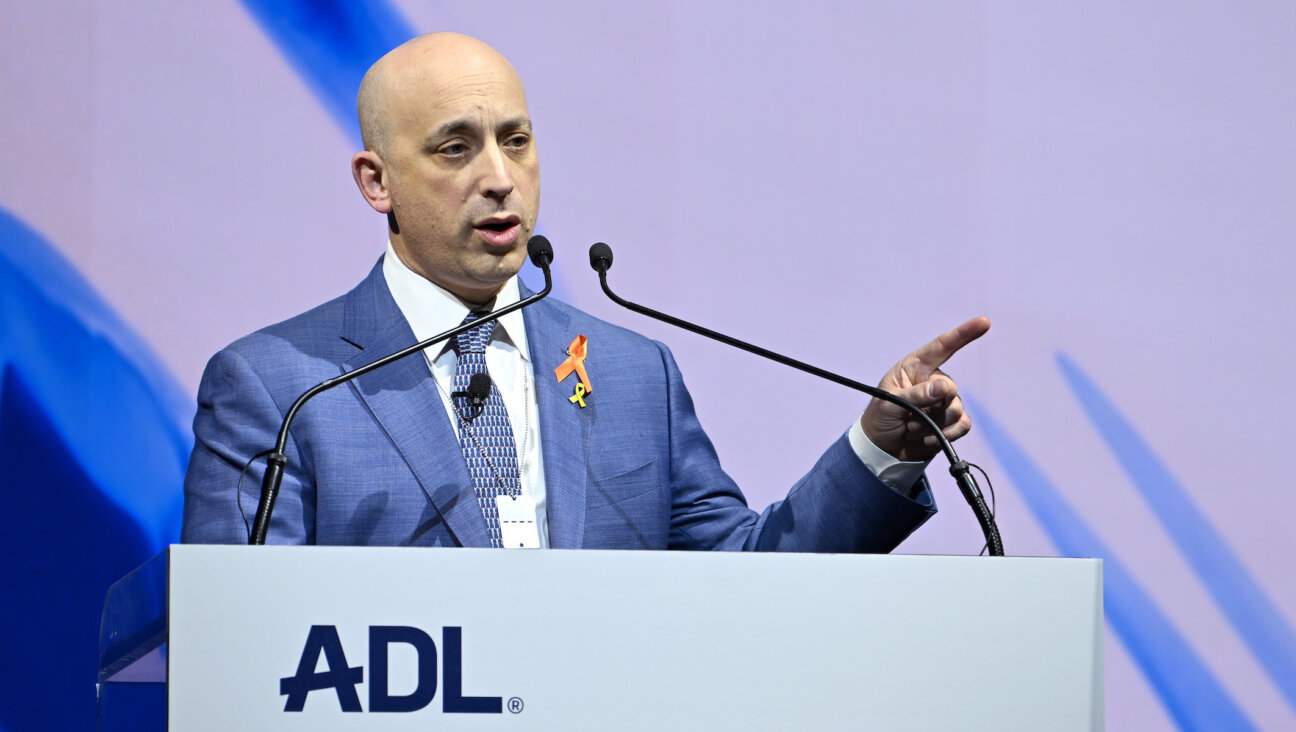
Fast Forward Noa Argamani, ADL’s Jonathan Greenblatt among over a dozen Jews on 2025 TIME 100 list
-
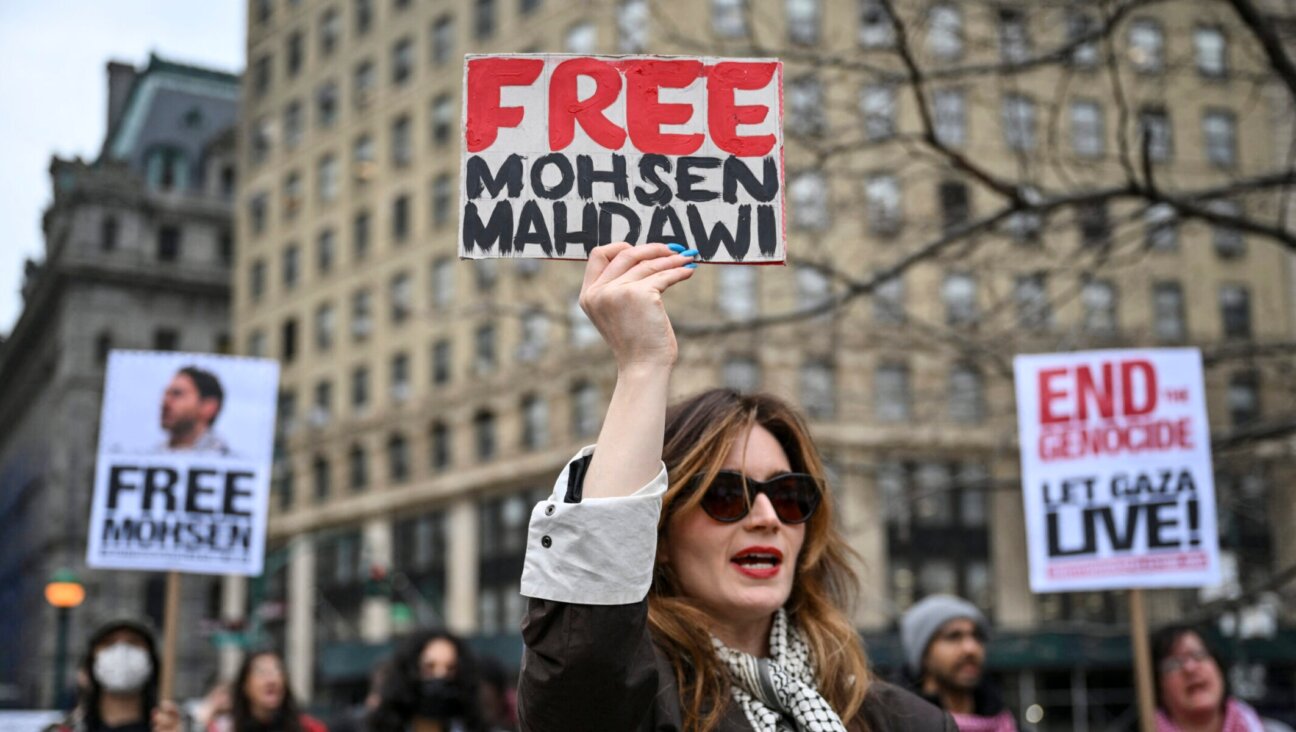
Fast Forward US claims Mohsen Mahdawi’s activism could ‘potentially undermine’ prospect of peace in Gaza
-
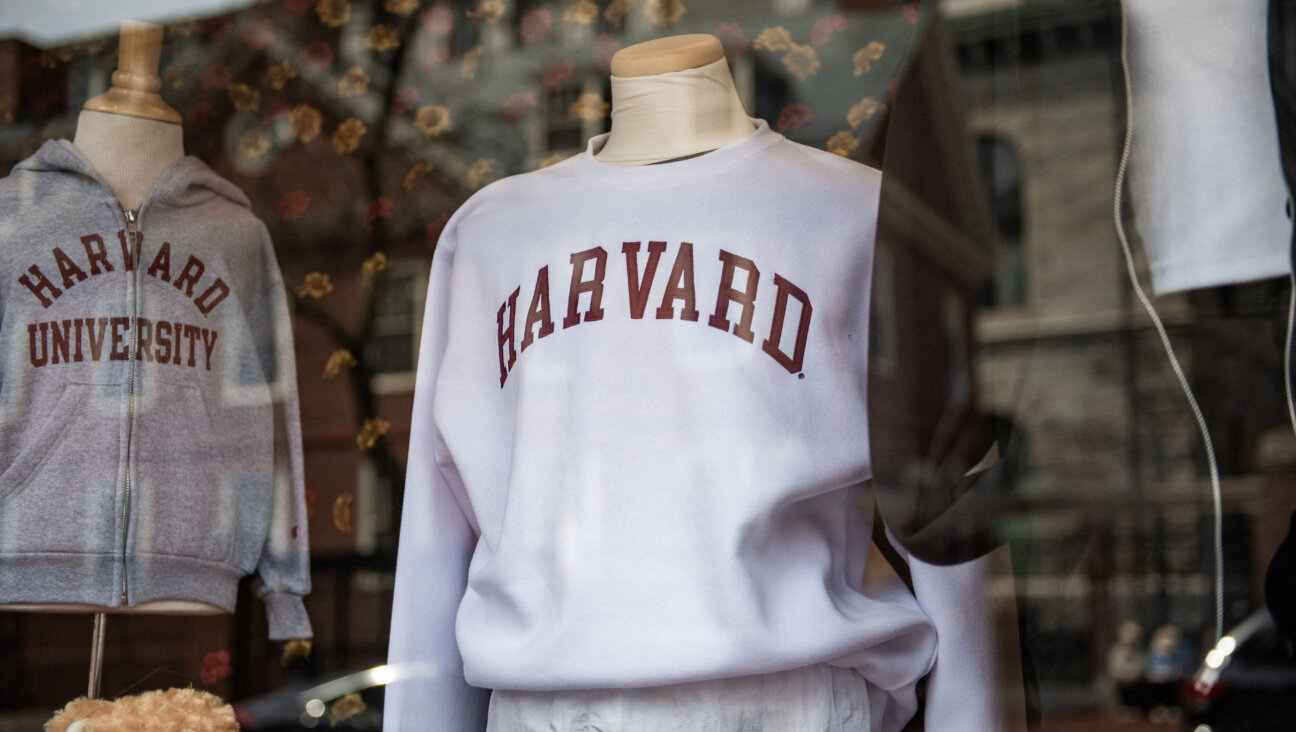
Opinion What Jewish university presidents say: Trump is exploiting campus antisemitism, not fighting it
-
Shop the Forward Store
100% of profits support our journalism
Republish This Story
Please read before republishing
We’re happy to make this story available to republish for free, unless it originated with JTA, Haaretz or another publication (as indicated on the article) and as long as you follow our guidelines.
You must comply with the following:
- Credit the Forward
- Retain our pixel
- Preserve our canonical link in Google search
- Add a noindex tag in Google search
See our full guidelines for more information, and this guide for detail about canonical URLs.
To republish, copy the HTML by clicking on the yellow button to the right; it includes our tracking pixel, all paragraph styles and hyperlinks, the author byline and credit to the Forward. It does not include images; to avoid copyright violations, you must add them manually, following our guidelines. Please email us at [email protected], subject line “republish,” with any questions or to let us know what stories you’re picking up.







